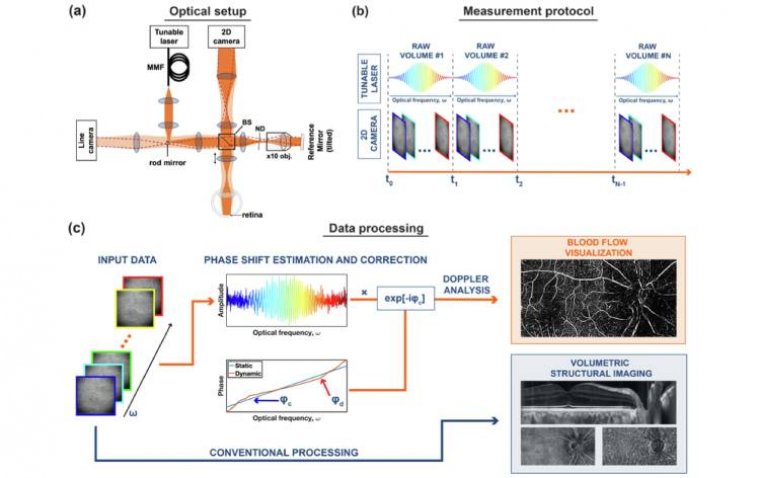
Researchers Stimulate Retina to Reveal Never-Before-Seen Color Named “Olo”
A multidisciplinary team from the University of California, Berkeley, in collaboration with researchers from the University of Washington, has developed a novel retinal stimulation technique that enables individuals to perceive a color previously unseen by the human eye. The study, published in Science Advances, introduces this newly perceived color as “olo.”
Unlocking a New Visual Dimension Through Retinal Stimulation
The human retina contains two main types of photoreceptors: rods (responsible for vision in low light) and cones, which are categorized into three types based on the wavelengths of light they process:
• Long-wavelength cones (L)
• Medium-wavelength cones (M)
• Short-wavelength cones (S)
While these cones typically work in combination to produce color vision, researchers questioned what would happen if only one type of cone—specifically the M cone—was selectively stimulated.
Using adaptive optics optical coherence tomography (AO-OCT), the team mapped individual M-cone photoreceptors in the retinas of several volunteers. These retinal maps were unique to each subject. The researchers then used a laser to selectively stimulate the identified M cones while participants focused on a designated area of a small square target.
This technique, named Oz—a nod to the fictional world of The Wizard of Oz—produced surprising results.
The Discovery of “Olo”: A Novel Color Perception
Volunteers, including members of the research team, reported seeing a distinct and highly saturated blue-green color, which did not correspond to any previously defined color in human vision. The team dubbed this new color "olo", inspired by binary digit representations (0, 1, 0), referencing the L, M, and S cones.
Following the discovery, researchers incorporated the olo color into digital media, such as photographs and videos, to provide subjects with an immersive viewing experience that included this newly perceived hue.
Implications for Ophthalmology and Color Vision Research
The technique has potential implications for the study and treatment of color vision deficiencies, including various forms of color blindness. By simulating what it might be like to stimulate a fourth type of cone, similar to what occurs in rare cases of tetrachromacy, the method could one day help researchers better understand retinal signal processing and individual variations in color perception.
This novel approach may open new avenues for enhancing visual experiences, as well as developing diagnostic and therapeutic strategies in ophthalmology related to retinal function and color processing disorders.
Reference:
James Fong et al, Novel color via stimulation of individual photoreceptors at population scale, Science Advances (2025). DOI: 10.1126/sciadv.adu1052
(1).jpg)










